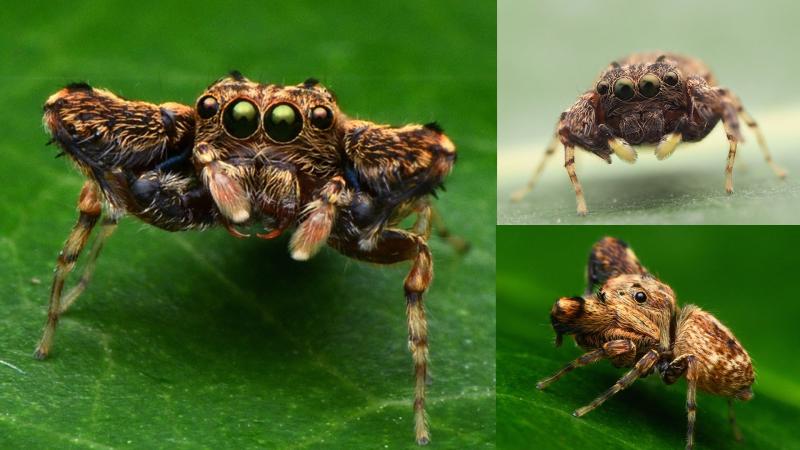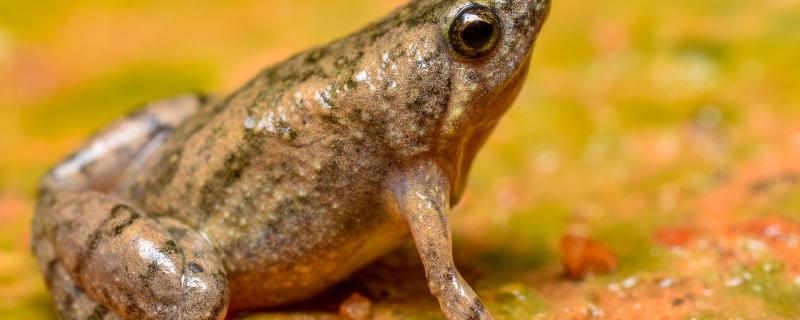Researchers from Defence Institute of High Altitude Research (DIHAR), Leh-Ladakh and Defence Institute of Physiology and Applied Sciences (DIPAS), New Delhi, under Defence Research and Development Organization (DRDO), are studying the benefits of Hippophae rhamnoides, generally known as common sea buckthorn, in improving the health of chicken reared in high altitude cold deserts.
Pilia, an enigmatic genus of jumping spider has just been rediscovered in the tropical forests of Western Ghats after a staggering 123 years. The find has not only led to the description of a brand-new species, Pilia malenadu, but, also allowed researchers to document the first-ever female of the entire genus.
Chennai/










